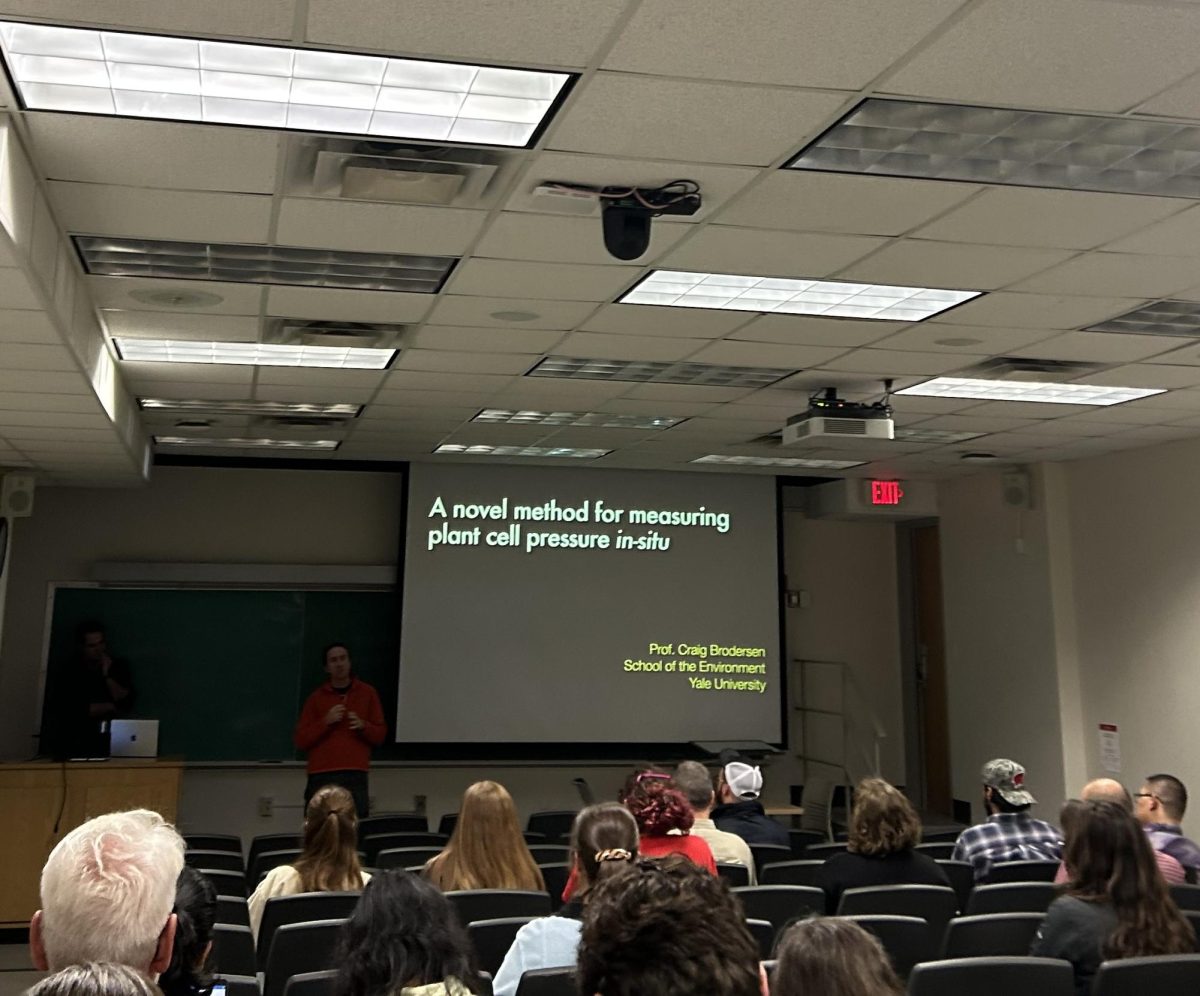The Dane County Board of Supervisors adapted meetings to a virtual format due to COVID-19, changing how new supervisors are sworn in and how to honor those resigning.
Due to social distancing guidelines limiting meetings to 10 people, the County Board — comprised of 37 supervisors — developed a technology “toolkit” that allows meetings to be held remotely. County Board Chair Analiese Eicher said the COVID-19 pandemic forced the County Board to restrict their remote meetings to essential business.
Essential business includes maintaining contracts, approving funding and taking care of county employees, Eicher said. In early April, the County Board approved a contract for Dane Buy Local to give loans to small businesses affected by the COVID-19 pandemic. Dane Buy Local is an organization dedicated to promoting local business in Dane County, according to its website.
Dane County launches grant program to support local businesses
Essential business excludes items such as celebrating the League of Women Voters of Dane County’s 100th anniversary — which would have taken place at the County Board’s March 19 meeting, Eicher said. The exclusions also mean traditions like swearing in the new supervisors and saying goodbye to those resigning must be adapted virtually, Eicher said.
“It was really emotional to see folks who had worked 10, 20 years for Dane County say goodbye via their phones and computers,” Eicher said.
Traditionally, the new supervisors would stand up and raise their right hands as Judge Valerie Bailey-Rihn administered their oath of office, Eicher said. Then, as one, they would all say their names. But, legally, there’s nothing that states new supervisors have to be physically present to be sworn in, Eicher said.
University of Wisconsin sophomore and the new County Board Supervisor Elena Haasl, District 5, said though things are not going as she expected, she is ultimately more concerned with how COVID-19 is affecting others. Part of Haasl’s campaign platform is protecting the lakes and watershed of Dane County. Haasl also wants to find ways to combat homelessness, sexual violence and racism in Dane County.
“When it comes down to it it’s not about me,” Haasl said. “I can handle not doing an in-person swear in, but I think it’s important that we use this opportunity to think how the pandemic is affecting the homeless population here, how it is affecting people who don’t have their jobs anymore.”
Haasl was still campaigning when UW canceled face-to-face instruction, forcing her to adapt her campaign digitally, Haasl said. Before, she was going door-to-door and meeting potential voters at student organization meetings. After face-to-face instruction was canceled, she switched to text banking and sending mass emails, Haasl said.
Dane County launches plan to protect homeless amidst COVID-19 pandemic
Even after winning the election April 7, Haasl is still uncertain how her duties as a supervisor will change. Several supervisors called to welcome her to the County Board, Haasl said. But Haasl said she does not know how work on the environment will continue amid the COVID-19 pandemic.
“I’m playing it by ear,” Haasl said. “I’m waiting for an email for how it’s going to work. Everything has gone virtual.”
The County Board moved quickly to develop a way to hold its meetings virtually, Eicher said. Working with the Corporation Counsel and Information Management team, the County Board created a platform that passed all the legal and security challenges of hosting a public government meeting, Eicher said.
According to the Dane County Toolkit document, the County Board uses GoToMeeting — an online conferencing service — to host meetings. Depending on access to WiFi, supervisors can join the meeting by computer or phone. The public can register to comment on the meetings 30 minutes prior to the meeting’s start using SurveyMonkey. Meetings are both live-streamed and available for later viewing on City Channel.
Dane County sees spike in voter turnout for spring elections
Eicher said the County Board tested its new toolkit at the March 19 and April 2 meetings. The County Board shared the toolkit with the National Association of Counties, so governments across the country can adapt it to their uses, Eicher said.
Eicher said if the County Board can increase participation with the toolkit, they might use parts of it even after the COVID-19 pandemic is over. But despite the success of the remote meetings, Eicher said it can’t quite capture what it’s like to meet in person.
“There’s something magical about meeting in person,” Eicher said. “It’s so much better to look somebody in the eyes, to be in the same room — physical room.”













